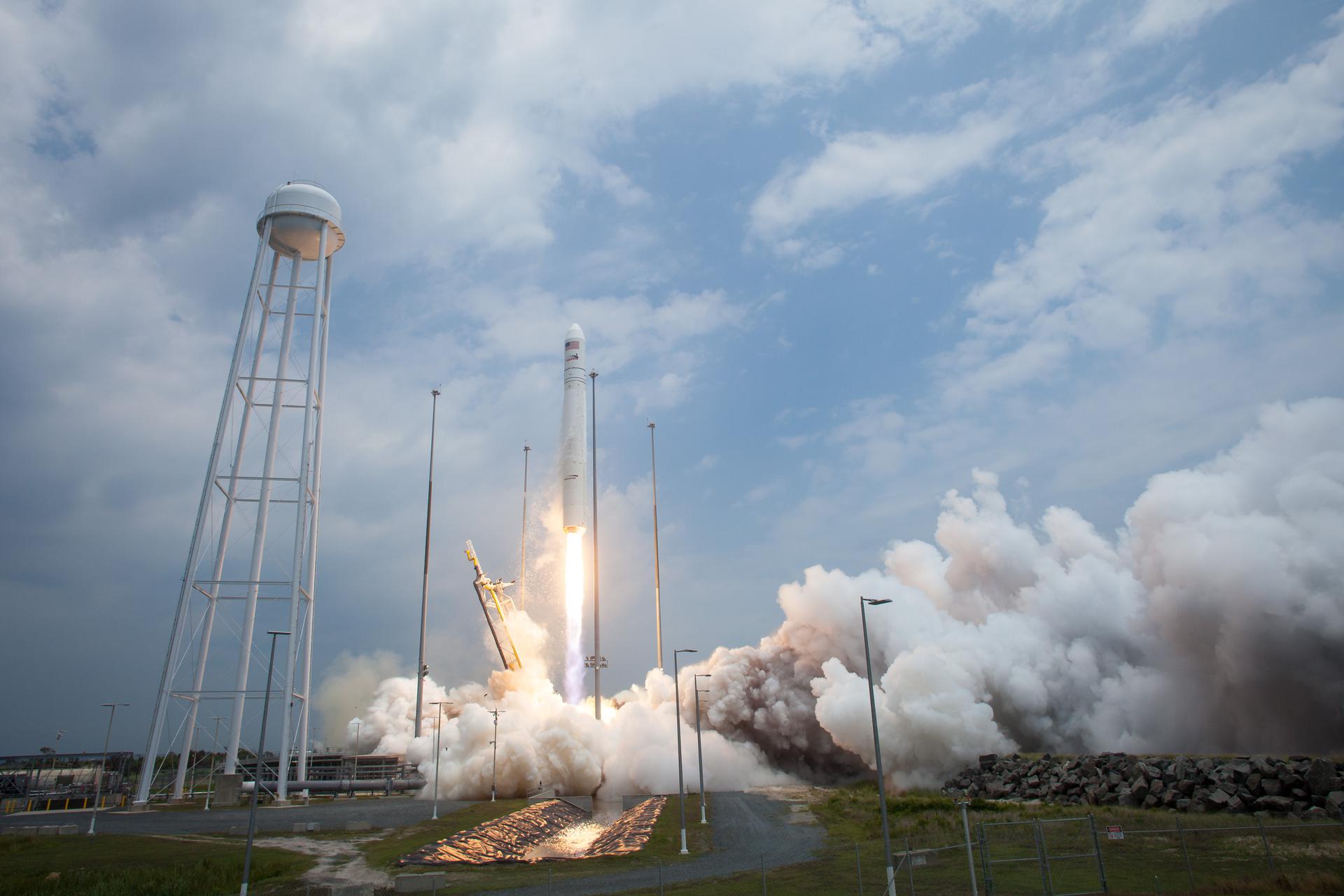
Antares 120
In-activeOrbital Sciences Corporation (OSC)
Jan. 9, 2014
Description
Antares known during early development as Taurus II, is an expendable launch system developed by Orbital Sciences Corporation (now part of Northrop Grumman Innovation Systems after Northrop Grumman acquired Orbital ATK) and the Yuzhnoye Design Bureau to launch the Cygnus spacecraft to the International Space Station as part of NASA's COTS and CRS programs. Able to launch payloads heavier than 5,000 kg (11,000 lb) into low-Earth orbit, Antares is the largest rocket operated by Orbital ATK. Antares launches from the Mid-Atlantic Regional Spaceport and made its inaugural flight on April 21, 2013.
Specifications
-
Stages
2 -
Length
40.5 m -
Diameter
3.9 m -
Fairing Diameter
― -
Launch Mass
276.0 T -
Thrust
3265.0 kN
Family
-
Name
Antares 120 -
Family
― -
Variant
120 -
Alias
― -
Full Name
Antares 120
Payload Capacity
-
Launch Cost
$80000000 -
Low Earth Orbit
4600.0 kg -
Geostationary Transfer
Orbit
― -
Direct Geostationary
― -
Sun-Synchronous Capacity
1500.0 kg
Orbital Sciences Corporation
Commercial
None
OSCAntares 120 | Cygnus CRS Orb-2 (S.S. Janice Voss)
Orbital Sciences Corporation | United States of AmericaWallops Flight Facility, Virginia, USA
July 13, 2014, 4:52 p.m.
Antares 120 | Cygnus CRS Orb-1 (S.S. C. Gordon Fullerton)
Orbital Sciences Corporation | United States of AmericaWallops Flight Facility, Virginia, USA
Jan. 9, 2014, 6:07 p.m.
Long March 3B/E
Fengyun-4C
Launch Complex 2 (LC-2) - Xichang Satellite Launch Center, People's Republic of ChinaChina's geostationary meteorological satellite program FY-4 (Feng Yun 4) is the second generation of chinese geostationary meteorological satellites.
Long March 8A
SatNet LEO Group 17
Commercial LC-1 - Wenchang Space Launch Site, People's Republic of ChinaA batch of 9 Low Earth Orbit communication satellites for the Chinese state owned SatNet constellation operated by the China Satellite Network Group.…
Soyuz 2.1a
Obzor-R No.1
43/4 (43R) - Plesetsk Cosmodrome, Russian FederationNote: Assignment of payloads to this launch is uncertain. The Russian Obzor-R satellite is a planned X-band radar earth observation satellite desi…
LVM-3 (GSLV Mk III)
BlueBird Block 2 #1
Satish Dhawan Space Centre Second Launch Pad - Satish Dhawan Space Centre, IndiaAST SpaceMobile’s Block 2 BlueBird satellites are designed to deliver up to 10 times the bandwidth capacity of the BlueBird Block 1 satellites, requi…
Long March 12A
Demo Flight
Long March 12A Pad - Jiuquan Satellite Launch Center, People's Republic of ChinaFirst test launch of CASC/SAST’s Long March 12A rocket, with a dummy payload. The rocket’s 1st stage attempted to land on a landing pad about 300 km …

